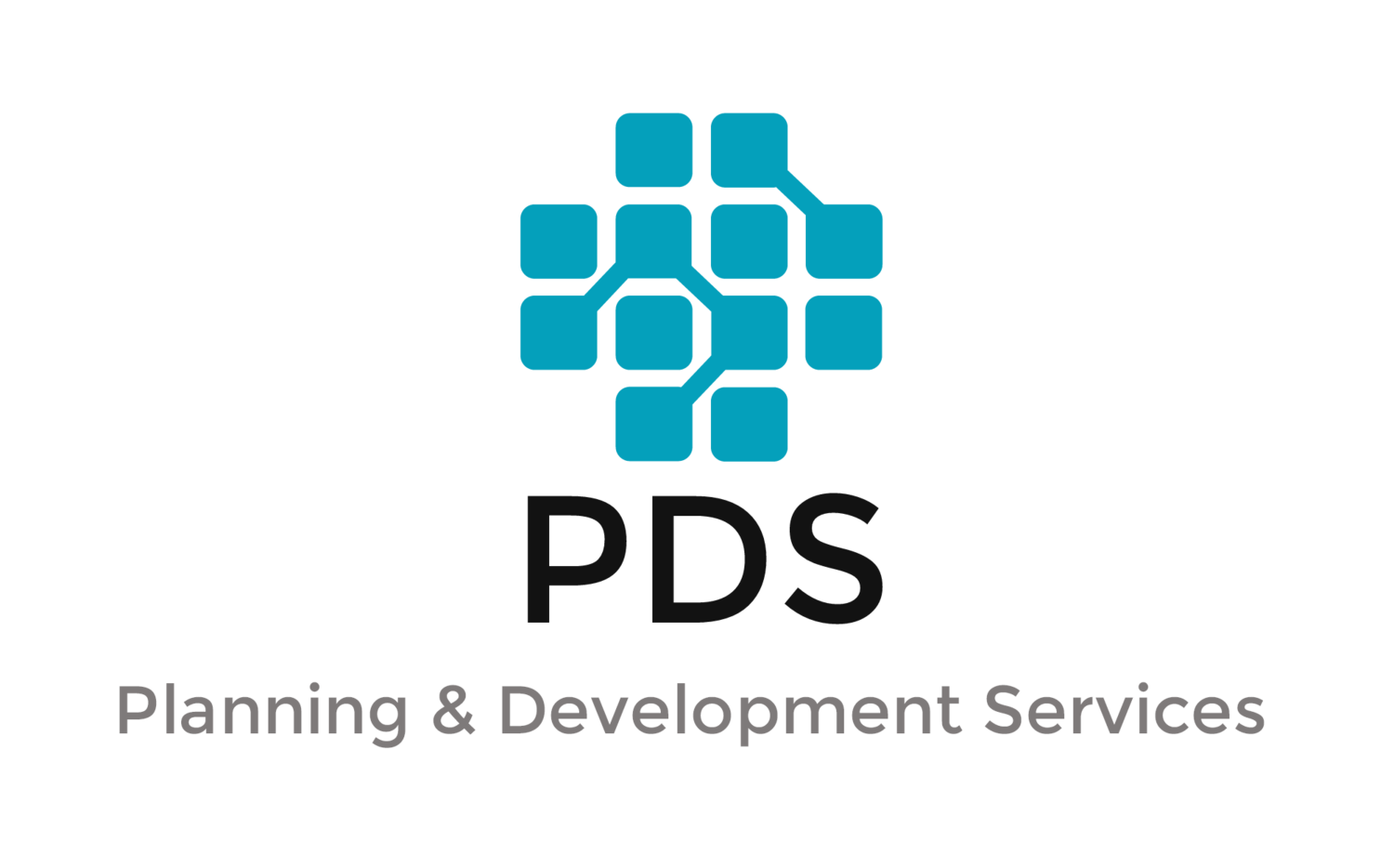Oceanographer John Englander closed the 2016 American Planning Association (APA) National Planning Conference by encouraging planners to “think further and bigger so that [our] short-term planning is better.” As the Closing Keynote speaker Englander asked the 4,300 Conference attendees to recognize their work is to assist communities solve “wicked problems.” Englander defined a wicked problem as one that is not easily defined and lacks a clear ending. Solutions to wicked problems change the endpoint, Englander said. He offered sea level rise as an example. Even if the world discontinued its use of fossil fuels immediately sea levels will still rise, leading to more intense and frequent weather events and affecting not only coastal communities but also others located well inland.
“think further and bigger so that [our] short-term planning is better.”
During the 4 days of the National Planning Conference I attended sessions covering a range of topics including planner/planning ethics, social equity, small town and rural planning, general plans, physical plans and land use policy, land use regulation, demographic and cultural diversity, and sustainability, resiliency, and disaster recovery.
For me the APA National Planning Conference provided a juxtaposition between physical planning and social equity. On Monday April 3rd I attended the session Diversity Summit – Social Equity and Planning in the 21st Century. The Summit raised a number of important questions for planners. These questions included; is social equity a planning movement or a planning moment and have planners been effective in addressing social equity issues? Follow-up questions included; for whom do we plan and do the tools of planning create obstacles to inclusion and social equity? Diversity Summit speakers made a social equity-physical planning connection. They suggested a preoccupation by planners with physical planning diverts their attention from economic and social equity issues.
“plead the plans of many”
A recommendation for change and to bring social equity issues more completely into the planning lexicon was to require social equity impact analyses for all community plans and development application evaluations. The Diversity Summit highlighted that planners must be prepared to be advocates. Drawing on the works of Paul Davidoff, presenters asked planners to “plead the plans of many” and not follow, or accept, the notion that a single plan is capable of representing the public interest. The music and lyrics of the public interest is authored by many composers and sung by all community members. Planners must have well-tuned and receptive listening ears for those who sing softly and for those who do not sing (or have a voice) at all.
APA honored the 2016 National Planning Award recipients during the awards luncheon. Videos of all award winners were screened, presenting exemplary planning activities that took Conference attendees from Chicago, Illinois to Los Angeles and San Diego, California and then onto Gabon, Africa and Manila, Philippines. APA awarded 15 national planning excellence or achievement awards spotlighting high quality planning activities occurring throughout the US and in other countries.
After attending the APA National Planning Conference, I am enthusiastic about planning and to be planner. I am also reminded of my gratitude to those who possess the vision and the skills necessary to advance the well-being of every resident in every community. Planners must have the professional competencies and sensitivities necessary to provide the solutions to those “wicked problems.”
Bruce Parker, AICP
Principal, Planning and Development Services, LLC.
May 2016

